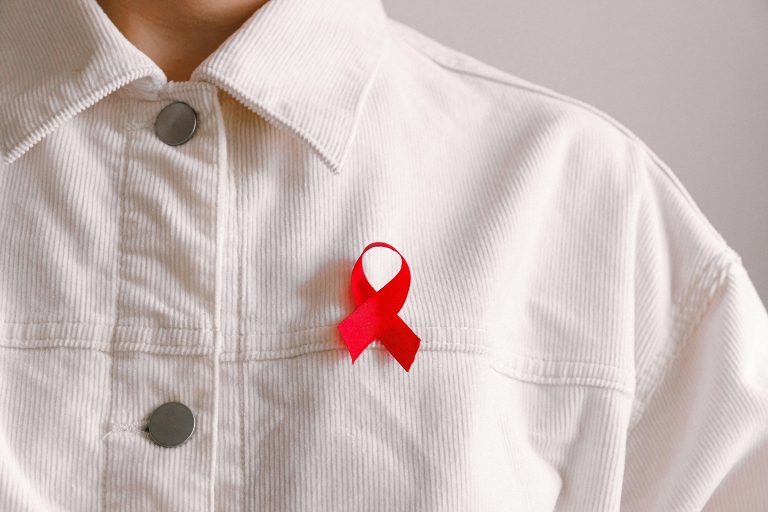HIV, or the Human Immunodeficiency Virus, is a global health concern. In this article, we’ll explore the basics of HIV, including how it’s transmitted, prevention methods, and the support available for those affected.

Understanding HIV
HIV is a virus that attacks the body’s immune system, weakening its ability to fight off infections and diseases. Left untreated, it can progress to AIDS (Acquired Immunodeficiency Syndrome).
Transmission and Prevention
HIV is primarily transmitted through unprotected sexual intercourse, sharing needles, and from mother to child during childbirth or breastfeeding. Prevention methods include practicing safe sex, using clean needles, and taking pre-exposure prophylaxis (PrEP) for at-risk individuals.
Support and Resources
Living with HIV can be challenging, but numerous resources and support networks are available. These include medical treatment, counseling, and community organizations dedicated to assisting those with HIV.
Stigma and Awareness
One significant barrier to HIV prevention and support is stigma. Raising awareness and reducing stigma is crucial for those living with HIV and for preventing its spread.
Conclusion
Understanding HIV, how it’s transmitted, and prevention methods is essential for reducing the spread of the virus. Support and resources are available for those living with HIV, providing hope for a fulfilling life despite the condition.
For HIV testing, prevention, and support services, book a consultation with IGAKU.
Read our other articles here.
- IGAKUhttps://igaku.co/blog/author/igaku/
- IGAKUhttps://igaku.co/blog/author/igaku/
- IGAKUhttps://igaku.co/blog/author/igaku/
- IGAKUhttps://igaku.co/blog/author/igaku/


